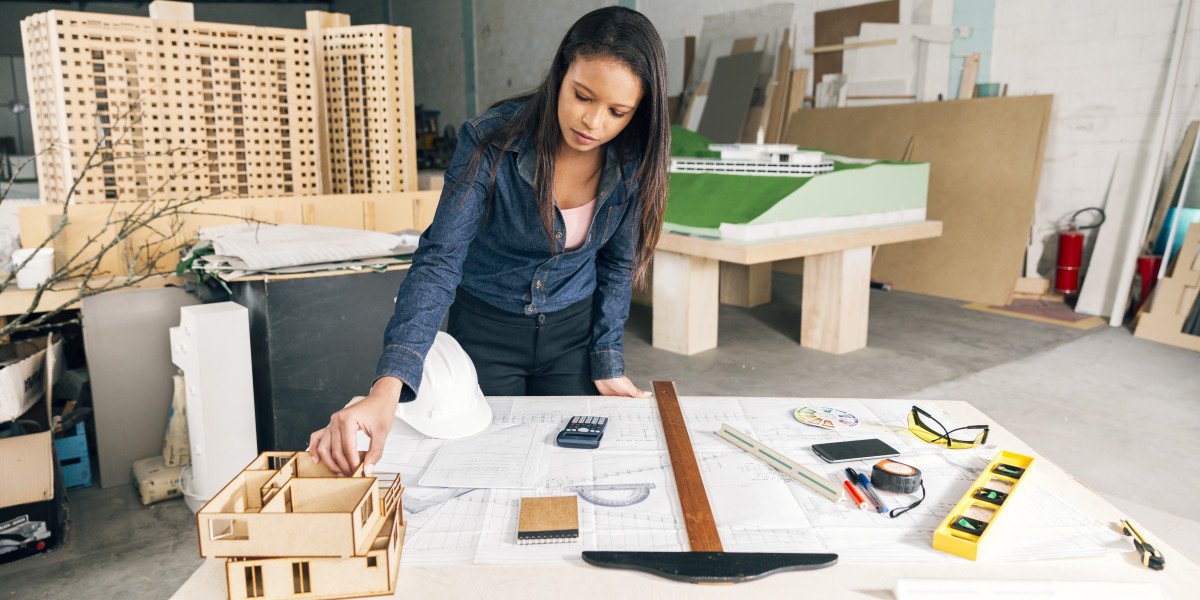In an era where environmental responsibility is a global priority, more businesses are adopting sustainable practices in all aspects of their operations—including their office environments. One of the most effective and often overlooked ways to support corporate sustainability goals is by choosing remanufactured office furniture.
This eco-conscious approach goes beyond just saving money—it reduces carbon emissions, minimizes landfill waste, and contributes to a circular economy. If your company is working toward green certifications, environmental benchmarks, or simply trying to reduce its ecological footprint, incorporating remanufactured office furniture can make a significant difference.
In this blog, we’ll explore how remanufactured office furniture directly supports sustainability goals in 2025, and why it should be a core part of your green strategy.
Understanding Remanufactured Office Furniture
Before diving into its environmental benefits, let’s clarify what makes remanufactured office furniture unique.
Unlike used furniture, which is sold “as is,” remanufactured furniture is disassembled, cleaned, repaired, refinished, and upgraded. This process can include:
Repainting or re-laminating surfaces
Reupholstering chairs with new fabric
Replacing worn components like casters, padding, or armrests
Upgrading with modern features like sit-stand functionality or power integration
The result? High-quality office furniture that looks and performs like new but is made using existing materials — making it both cost-effective and environmentally responsible.
Why Sustainability Matters in 2025
By 2025, sustainable practices are no longer optional — they’re expected. Both consumers and employees are increasingly aligned with companies that take environmental stewardship seriously. Climate-conscious behavior can influence:
Brand reputation
Talent retention and recruitment
Investor interest
Regulatory compliance
Operational efficiency
Sustainability isn’t just a corporate buzzword. It’s a measurable, impactful commitment that businesses are being held accountable for.
1. Reduces Landfill Waste
Millions of tons of office furniture are discarded each year, contributing to overflowing landfills and environmental degradation. When you opt for remanufactured office furniture, you’re helping to:
Extend the life of furniture by decades
Prevent bulky, non-biodegradable materials from ending up in dumps
Reduce the demand for raw materials
Every chair or desk that’s remanufactured instead of discarded keeps valuable resources in circulation and cuts down on waste production.
2. Conserves Raw Materials and Natural Resources
Traditional furniture manufacturing involves mining metals, harvesting wood, producing plastic, and fabricating textiles—all of which require significant energy and water use.
By reusing core components, remanufactured office furniture saves:
Timber from deforestation
Petroleum used in plastics and foams
Metals that require mining and smelting
Water used in dyeing, finishing, and processing
It’s a meaningful way to conserve Earth’s finite resources.
3. Cuts Carbon Emissions
From production to transportation, every step of creating new furniture contributes to carbon emissions. Remanufacturing cuts down significantly by:
Requiring less energy for production
Using fewer transportation resources (many pieces are sourced locally)
Reducing industrial output compared to new manufacturing
Studies show remanufactured furniture can reduce carbon footprint by up to 90% compared to buying new—an impressive figure for any sustainability report.
4. Supports LEED and Green Building Certifications
Many organizations strive for LEED (Leadership in Energy and Environmental Design) or similar green certifications when building or redesigning workspaces. Using remanufactured office furniture can contribute toward earning points in categories like:
Materials and Resources (MR)
Indoor Environmental Quality (IEQ)
Innovation in Design
This makes remanufactured furniture a smart choice not just for the environment, but for recognition in sustainable building programs.
5. Promotes Circular Economy Practices
A circular economy is built on three pillars:
Designing out waste and pollution
Keeping products and materials in use
Regenerating natural systems
Remanufactured office furniture fits perfectly into this model. Instead of following a linear “take-make-dispose” path, it follows a cycle of reuse, refresh, and repurpose. This reduces dependency on new materials and fosters a sustainable loop of consumption.
6. Reduces E-Waste When Integrated with Technology
Many modern office desks come with integrated power modules, charging ports, or cable management systems. Remanufactured options often include updated electrical systems that are safe and up to code. Choosing these prevents outdated or discarded office tech accessories from contributing to e-waste—a growing concern in 2025.
7. Encourages Sustainable Procurement Policies
Organizations aiming for sustainability now incorporate eco-friendly purchasing decisions into their internal policies. Choosing remanufactured office furniture supports those policies by aligning with principles like:
Low-impact manufacturing
Minimal packaging
Longevity and durability
Local sourcing
These practices also make it easier to report on ESG (Environmental, Social, and Governance) goals with confidence.
8. Boosts Employee Morale and Engagement
Today’s employees value ethical practices. When your office is furnished with sustainable choices, it sends a clear message: you care about the planet. This can:
Improve morale and pride among staff
Support a culture of environmental responsibility
Align with younger generations’ values
It also fosters a visually appealing, non-toxic workspace with furniture often refinished using low-VOC paints and adhesives.
9. Offers High-Quality, Long-Lasting Results
There’s a misconception that remanufactured office furniture is low quality. In reality, the opposite is often true.
These pieces are:
Rebuilt to meet or exceed original specifications
Tested for durability and safety
Refinished with modern materials
The result is furniture that lasts as long—if not longer—than brand-new equivalents, reducing the frequency of replacement and further cutting down on resource use.
10. Helps Small and Medium Businesses Compete Sustainably
Sustainability isn’t just for large corporations. Small and medium businesses can embrace eco-friendly solutions like remanufactured office furniture to:
Lower operating costs
Stand out in a competitive market
Demonstrate corporate social responsibility
Create high-impact workspaces on a limited budget
It’s a strategic way to “go green” without the financial pressure of buying expensive eco-certified new products.
FAQs: Remanufactured Office Furniture & Sustainability
Q1: Is remanufactured furniture truly eco-friendly?
Yes. It reduces landfill waste, saves natural resources, and cuts emissions—making it a strong contributor to any sustainability plan.
Q2: Does it qualify for green building credits?
Absolutely. It can earn LEED and other certification credits in categories like Materials & Resources and Innovation.
Q3: How is it different from used or refurbished furniture?
Used furniture is sold as-is. Refurbished may involve minor touch-ups. Remanufactured office furniture is fully disassembled, cleaned, repaired, and rebuilt to like-new condition.
Q4: Is there a sacrifice in quality or design?
Not at all. Many remanufactured pieces are built from high-end brands and rebuilt with modern finishes, offering durability, performance, and style.
Q5: Can I still customize the look to match our brand?
Yes. You can choose fabrics, paint, finishes, and layouts to match your brand identity and workspace design.



